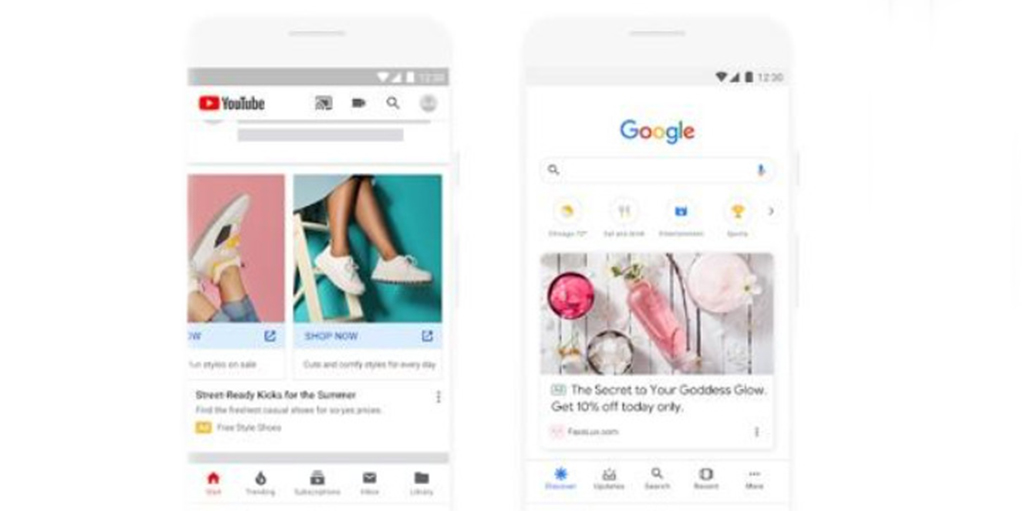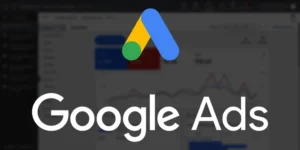Introduction
Google Ads Discovery campaigns are designed to help advertisers reach potential customers across Google’s extensive network, including YouTube, Gmail, and the Discover feed. These ads are visually engaging and can drive significant results when optimized correctly. Here’s a comprehensive guide to optimizing your Google Ads Discovery Ads for better results.
Understanding Google Ads Discovery Ads
Google Ads Discovery campaigns leverage machine learning to deliver visually rich, personalized ads to users ready to discover and engage with new brands. These ads appear in several high-traffic locations:
- Google Discover: The customised feed on the Google app.
- YouTube Home and Watch Next: The main YouTube feed and the video suggestions feed.
- Gmail Promotions and Social Tabs: The promotional and social tabs in Gmail.
Define Clear Campaign Goals
Start by setting clear, measurable goals for your Discovery campaign. Your objectives will guide your optimization strategies.
Common Goals:
- Brand Awareness: Increase visibility as well as awareness of your brand.
- Lead Generation: Capture potential customers’ contact information.
- Conversions: Drive sales, sign-ups, or other valuable actions.
Create Engaging Visual Content
Discovery Ads are visually driven, making high-quality, engaging visuals crucial for success.
Best Practices:
- High-Resolution Images: Use high-resolution images that are relevant and visually appealing.
- Video Content: Incorporate engaging videos that capture attention and convey your message effectively.
- Consistency: Ensure that your images are consistent with your brand identification and messaging.
Craft Compelling Ad Copy
Your ad copy should complement your visuals and drive users to take action.
Tips for Effective Copy:
- Headlines: Write clear, concise headlines that grab attention.
- Descriptions: Provide detailed descriptions that highlight your value proposition.
- Call to Action (CTA): Use strong CTAs encouraging users to click, learn more, or purchase.
Utilize Audience Targeting
Correct targeting is essential for reaching the right audience and increasing the effect of your campaign.
Targeting Options:
- Custom Audiences: Create custom audiences based on interests, behaviours, and search activities.
- Remarketing: Target users that are currently interacting with your website or advertisements.
- Affinity Audiences: Reach people based on their interests and lifestyles.
- In-Market Audiences: Target users actively consider purchasing products or services like yours.
Optimize Bidding Strategies
Choosing the right bidding strategy can significantly impact your campaign’s performance.
Bidding Strategies:
- Maximize Conversions: Automatically set bids to help get the most conversions within your budget.
- Target CPA (Cost Per Acquisition): Set a target CPA, and Google will optimize your bids to achieve as many conversions as possible at your target CPA.
- Target ROAS (Return on Ad Spend): Set a target ROAS, and Google will optimize your bids to maximize the value of conversions based on your target ROAS.
Monitor and Adjust Budget Allocation
Effective budget management ensures your campaign remains cost-effective and delivers maximum ROI.
Budget Tips:
- Daily Budget: Set an daily budget that is consistent with your overall advertising budget and goals.
- Budget Allocation: Monitor performance across different placements and allocate your budget to high-performing areas.
- Adjustments: Be prepared to adjust your budget based on performance data and market conditions.
Analyze Performance Metrics
Regularly analyzing performance metrics helps you understand how well your campaign is doing and identify areas for improvement.
Key Metrics:
- Impressions: The number of times your ad is shown.
- Clicks: The number of times users click on your ad.
- CTR (Click-Through Rate): The ratio of clicks to impressions, indicating how often people click on your ad after seeing it.
- Conversions: The number of desired actions (e.g., purchases, sign-ups) users complete.
- CPA (Cost Per Acquisition): Acquiring a new customer or lead.
- ROAS (Return on Ad Spend): The revenue generated for every dollar spent on ads.
Implement A/B Testing
A/B testing is essential for identifying the most effective ad elements and optimizing performance.
A/B Testing Strategies:
- Ad Copy: Test different headlines, descriptions, and CTAs to see which perform best.
- Visuals: Experiment with various images and videos to identify the most engaging content.
- Audience Segments: Test different audience segments to determine which yields the highest conversion rates.
- Landing Pages: Direct traffic to different landing pages to find the most effective ones for conversions.
Leverage Automation and Machine Learning
Google Ads offers various automation tools and machine learning capabilities to enhance your Discovery campaigns.
Automation Features:
- Responsive Ads: Use responsive advertisements to automatically adjust ad size, style, and format to meet the available ad space.
- Automated Bidding: Let Google’s algorithms optimize your bids in real time based on performance data.
- Dynamic Creative Optimization (DCO): Automatically create and test different ad variations to find the best-performing combinations.
Conduct Regular Audits and Refinements
Regular audits ensure your campaign remains effective and aligned with your goals.
Audit Checklist:
- Campaign Goals: Revisit and adjust your goals as needed.
- Targeting: Refine your audience targeting based on performance data.
- Ad Performance: Identify high-performing ads and optimize or replace underperforming ones.
- Budget and Bidding: Adjust your budget and bidding strategies based on insights and market changes.
Conclusion
Optimizing your Google Ads Discovery Ads involves a strategic approach that includes clear goal-setting, engaging visual and textual content, precise audience targeting, effective bidding, and continuous performance monitoring. By following these steps and leveraging Google’s automation tools, you can enhance your campaign’s performance, reach a broader audience, and achieve your marketing objectives more efficiently. Regular audits and refinements ensure sustained success and adaptability in the ever-evolving digital marketing landscape.
To know more about Google Ads, Please visit https://paypercampaign.com





